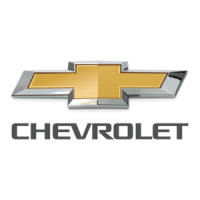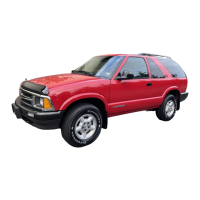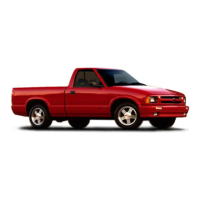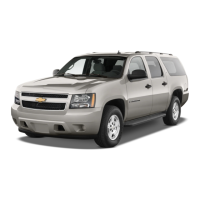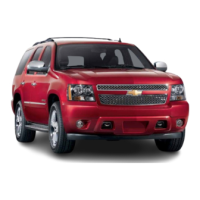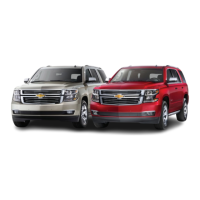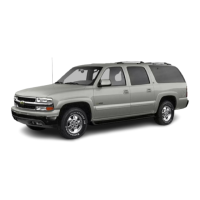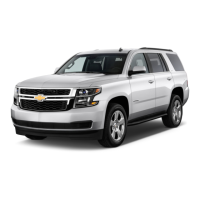Total Weight
on
Your
Vehicle’s Tires
Be sure your vehicle’s tires are inflated
to
the upper
limit for cold tires. You’ll find these numbers on the
Certification label at the rear edge of the driver’s door or
see “Tire Loading’’ in the Index. Then be sure you don’t
go
over the
GVW
limit for your vehicle, including the
weight of the trailer tongue.
Hitches
It’s important to have the correct hitch equipment.
Crosswinds, large trucks going by and rough roads are
a
few reasons why you’ll need the right hitch. Here are
some rules to follow:
If you use a step-bumper hitch, your bumper could
be damaged in sharp turns. Make sure you have
ample room when turning to avoid contact between
the trailer and the bumper.
If you’ll be pulling a trailer that, when loaded, will
weigh more than the capacity stamped on your step
bumper, be sure to use a properly mounted,
weight-distributing hitch and sway control of the
proper size. This equipment is very important for
proper vehicle loading and good handling when
you’re driving.
Will you have to make any holes in the body
of
your
vehicle when you install a trailer hitch?
If you do, then be sure to seal the holes later when
you remove the hitch. If you don’t seal them, deadly
carbon monoxide (CO) from your exhaust can get
into your vehicle (see “Carbon Monoxide”
in
the
Index). Dirt and water can, too.
Safety
Chains
You should always attach chains between
your
vehicle
and your trailer. Cross the safety chains under the tongue
of
the trailer
so
that the tongue will not drop to the road
if
it
becomes separated from the hitch. Instructions
about safety chains may be provided
by
the hitch
manufacturer or
by
the trailer manufacturer. Follow the
manufacturer’s recommendation for attaching safety
chains and do not attach them to the bumper. Always
leave just enough slack
so
you can turn with your rig.
And, never allow safety chains to drag
on
the ground.
4-49
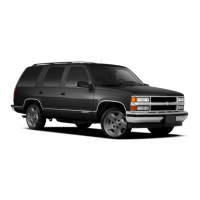
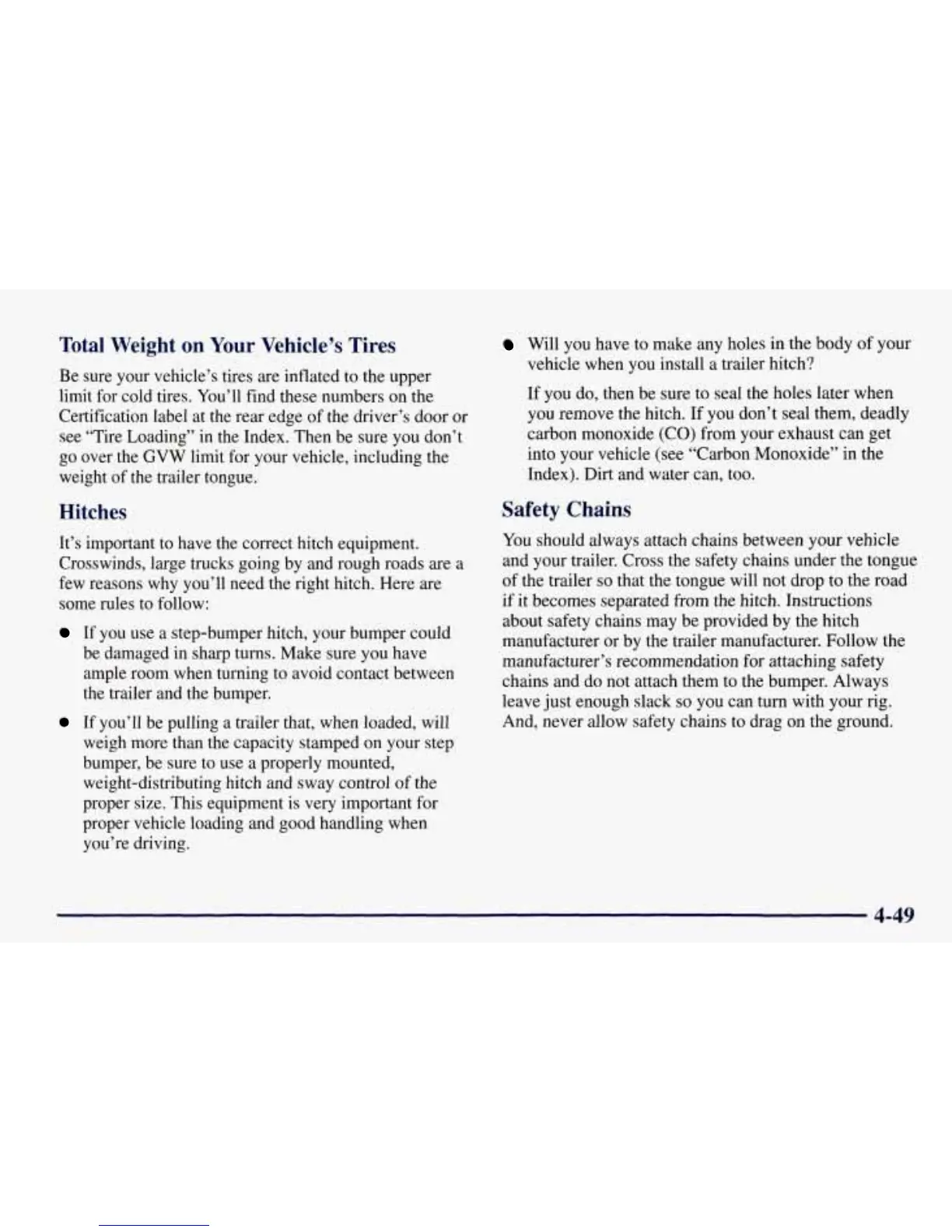